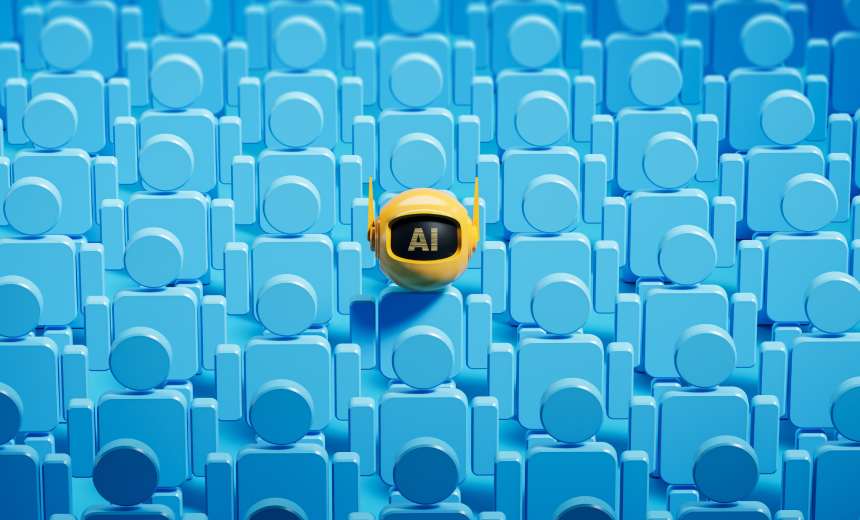Artificial Intelligence & Machine Learning
,
Next-Generation Technologies & Secure Development
After 3-Day Backlash, Lattice Backs Off HR System Plan for ‘Digital Workers’

HR experts at Lattice had a vision of treating AI bots as human employees, with a place on the org chart, orientation, training, key performance metrics – and a boss. But the global workforce may not be ready for that, and the tech unicorn just learned the hard way.
See Also: Webinar | Accelerate your SOC with AI-driven security analytics with Elastic and Google Cloud
Lattice, founded by OpenAI CEO Sam Altman’s brother Jack Altman, on July 9 announced that it had “made history” by giving AI bots employee records alongside their human counterparts. Three days later, the $3 billion company scrapped the project after massive pushback on social media against giving “digital workers” employee records and integrating them into organization charts specifying their roles.
“It takes the idea of an AI employee from concept to reality – and marks the start of a new journey for Lattice, to lead organizations forward in the responsible hiring of digital workers,” said Sarah Franklin on LinkedIn. The plan appeared to treat AI bots in the same way as new human employees – by onboarding, training, creating a set of KPIs on performance and assigning them a human manager for feedback.
But after a barrage of criticism over several days, the company eventually turned off comments to the CEO’s post and issued a media statement from Franklin: “This innovation sparked a lot of conversation and questions that have no clear answers yet. We look forward to continuing to work with our customers on the responsible use of AI but will not further pursue digital workers in the product.”
Franklin replaced Jack Altman as CEO in December. Altman stepped down from the job after spending eight years setting up and leading the company through rapid expansion, reportedly to return to his “first love” of building companies from scratch.
Lattice’s move to include AI agents in the organization work chart was part of the company’s agenda to integrate AI in a “responsible” way into the broader workforce.
But the program drew sharp criticism on LinkedIn. Sawyer Middeleer, chief of staff at AI sales platform Aomni, said that the strategy and messaging miss the mark “in a big way, and I say that as someone building an AI company.”
“Worse, it implies that you view humans simply as ‘resources’ to be optimized and measured against machines,” Middeleer said.
A senior HR program manager at Amazon added in the thread that Lattice could have focused on “plenty of existing human problems to solve in the HR space,” instead of an AI employee project that is unlikely to meet customer needs.
Amazon distributor Joseph Biancofiori mocked the concept of managing AI bots: “Today, we onboarded our new bathroom soap dispenser. He is slow learning but is coming along nicely.”
Sentiments echoed in hundreds of comments on the LinkedIn thread reflect concerns of millions of workers worldwide: Will my job be replaced by AI? A drumbeat of reports is forecasting massive job losses related to AI. Goldman Sachs recently predicted that AI could replace or degrade 300 million jobs just in the United States and Europe.
A PwC report says this has had an impact on workers. One-third of the employees surveyed said that they were worried about technology replacing their jobs, and these numbers reflect the trend from 2022, before the proliferation of AI. In a 2023 CNBC SurveyMonkey Workforce survey, a majority of the employees who use AI regularly – 60% – said they worried about its impact on their jobs.
Less than a week ago, Intuit said it will lay off 1,800 people, not as a cost-cutting measure but as part of its generative AI push. The company said it will rehire almost the same number of employees who are better suited for the roles. Lattice laid off more than 100 employees in January 2023, citing rising costs.
